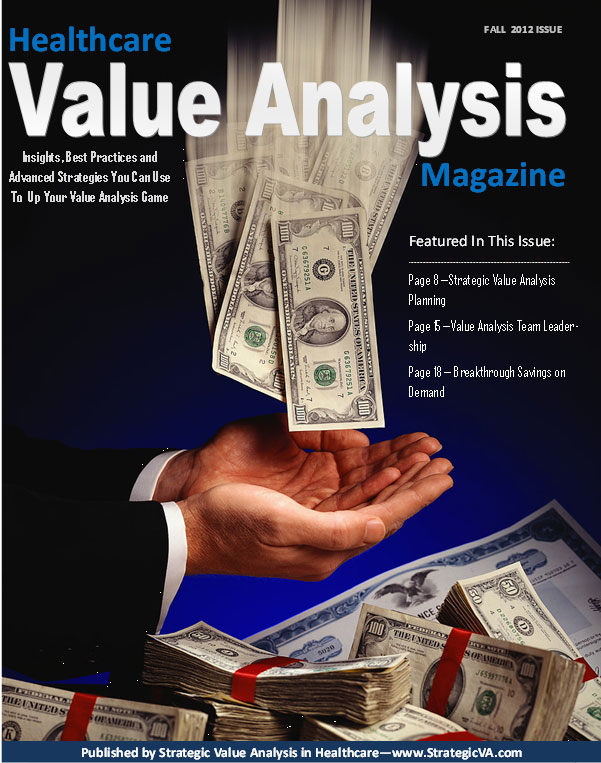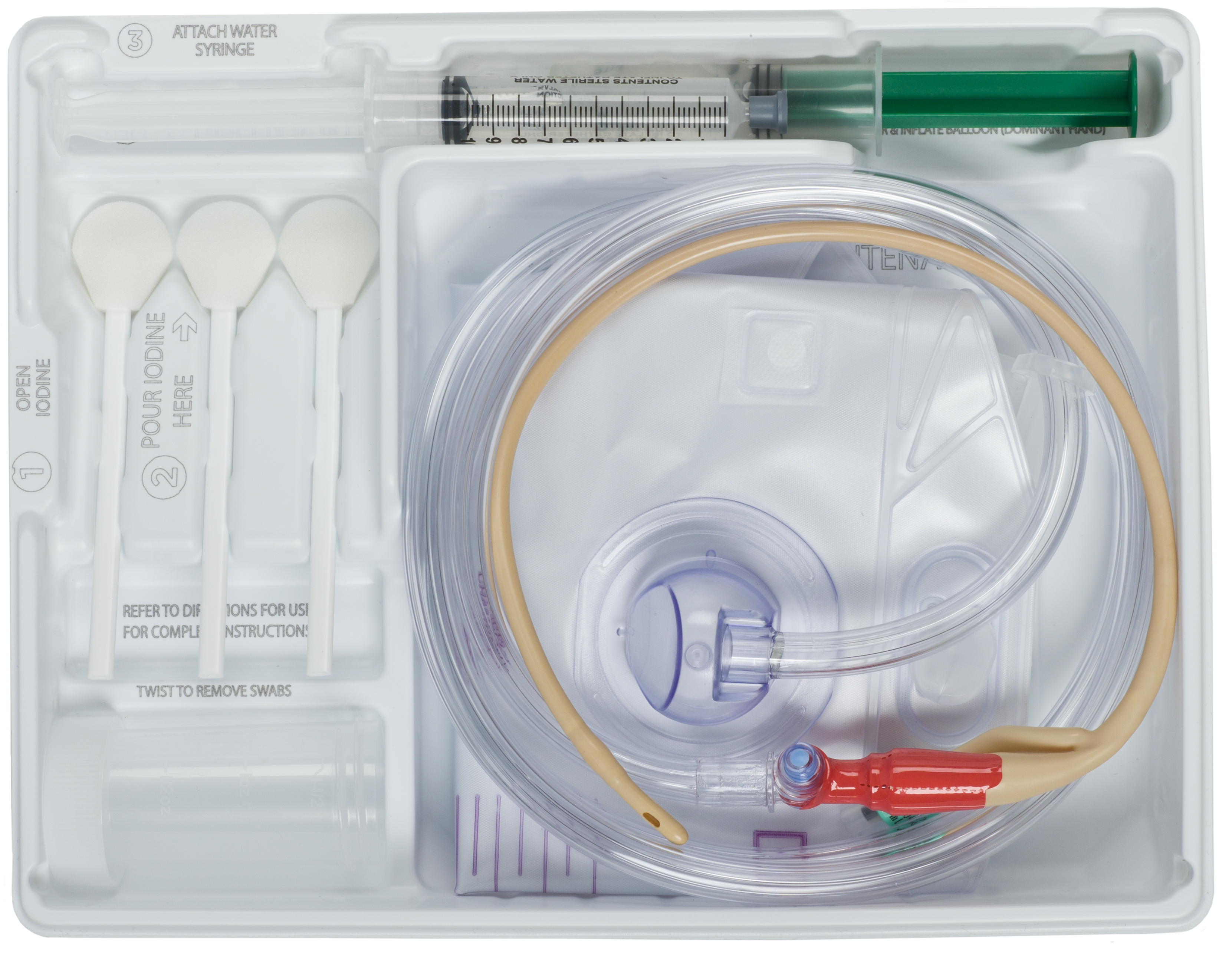Why it is important that utilization management works in concert with a strong VA program
When we engage with a value analysis committee or team, we often observe that the VA teams tend to get caught up in an “episodic mindset”. An episode represents the value analysis study itself. Once a committee or team performs a VA study they are inclined to believe they have completed the study (or finished the episode) and now can move on to the next VA study (or episode). But in today’s complex healthcare environment where anything and everything can happen before, during, and after a value analysis study, we must be on guard for the realities that may occur with our value analysis studies after we believe they are actually finished.
Unintended Consequences
The reality in value analysis today is that no study is perfect, no implementation goes as planned, and there are always outliers that we need to address to fix the end result of our VA studies. We cannot just implement a new policy and procedure and think that everyone is going to adhere to it. We can’t think that everyone is going to use the new recommended product perfectly and in the same usage patterns as its predecessor. We have to assume that there are going to be issues and devise systems to alert us to these issues or endlessly assume that we live in a perfect VA world when the reality is dramatically different.
Case Study
One example of this “episodic mindset” was a hospital environmental manager who changed from a reusable underpad to a disposable. It’s important to note that the practice of using a reusable underpad that is laundered by an outside linen processing company is an industry best practice. But this manager decided to go with a disposable underpad anyway to try to reduce his linen processing costs. He devised a scenario with his underpad representative that he believed would save his hospital upwards of 20% to 27% on his linen/laundry processing costs. Contrary to others’ experience, he went ahead anyway and made the change with the “episodic mindset” that he had just achieved a big win for his healthcare organization. He then tracked his estimated savings by reviewing his laundry processor’s monthly reports. As he hoped, the reports were telling him that he was saving over 27% on his reprocessed underpad usage. Now, here’s the rest of the story!
At this point in time, we weren’t working directly with this Environmental Manager, since he made this change with approval from his Vice President, but didn’t consult with his hospital’s value analysis committee. How I learned of this product change was through the use of the hospital’s utilization dashboard which we were facilitating for this client. Employing this technology, I observed this hospital’s absorbent hygiene utilization category shooting up to over $284k annualized from the two years prior, without knowing a change was made in this category of purchase.
The Director of Value Analysis, who was aware of the change, knew his hospital’s underpad cost would spike, and looked at their linen processing cost that should have been going down dramatically to offset these dollar increases in disposable underpads. What he and I uncovered was that the hospital’s linen processing expense was only down by 5% overall. Therefore, the savings that was projected by the hospital’s Environmental Manager did not really occur and actually increased this hospital’s absorbent hygiene utilization category, shooting up to over $284k annualized from the two years prior.
When we spoke to the Environmental Manager about this fact, he was a bit incredulous that we were questioning his successful underpad project. He had this mindset because he was only viewing one dimension of this VA study, which was only the usage of the reusable underpads that were eliminated from his linen laundry processing reports. He thought he was successful with this project but he was not!
What he did not anticipate was that the new underpad would be overused, wasted, and misused on the nursing floors. What we discovered was that the hospital’s nursing floors were now using more bed linens which was caused by the new disposable underpads. Something was clearly missed on this VA study, and the Value Analysis Director decided that he would now conduct a new underpad study to determine the best course of action going forward.
End Result
The good news for this hospital was that because of their utilization management system they realized that they didn’t achieve the 27% in Linen underpad processing savings that was projected by their Environmental Manager—it happens. This would have been an even bigger disaster if this hospital did not have a tracking system in place to alert them of the additional unintended $284k utilization cost overrun. Because they had a utilization management system working in concert with their strong value analysis program, they avoided this big hit to their bottom line.
Once you come to the realization that there is no perfect value analysis study, as in this situation, you then can see the significance of knowing with certainty where you are before your value analysis study begins, what is going on during the VA study, and what the end result is after the VA study. There is no substitute for this process if you want to get it right – the first time!
To summarize, projected savings are only projections. We need to make sure that all projected savings last for the long-term and are sustainable. Therefore, they must be tracked, trended, and monitored. If you don’t follow this process, you may just be spinning your wheels thinking you are saving big dollars but in reality, like the example above with the underpad, you could be actually costing your healthcare organization money instead and not even know it.





